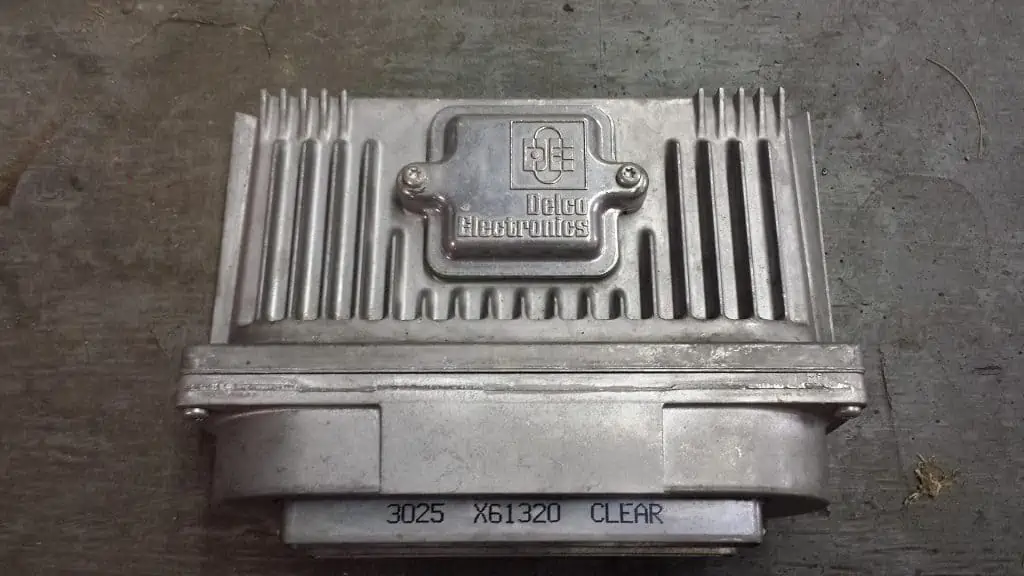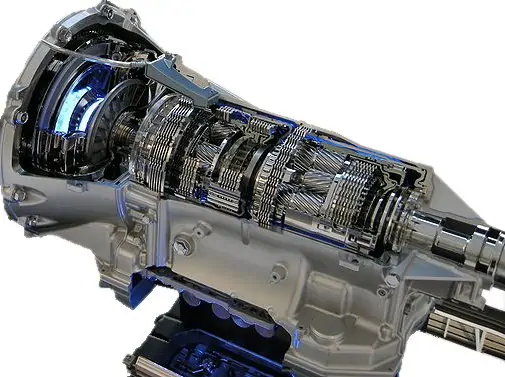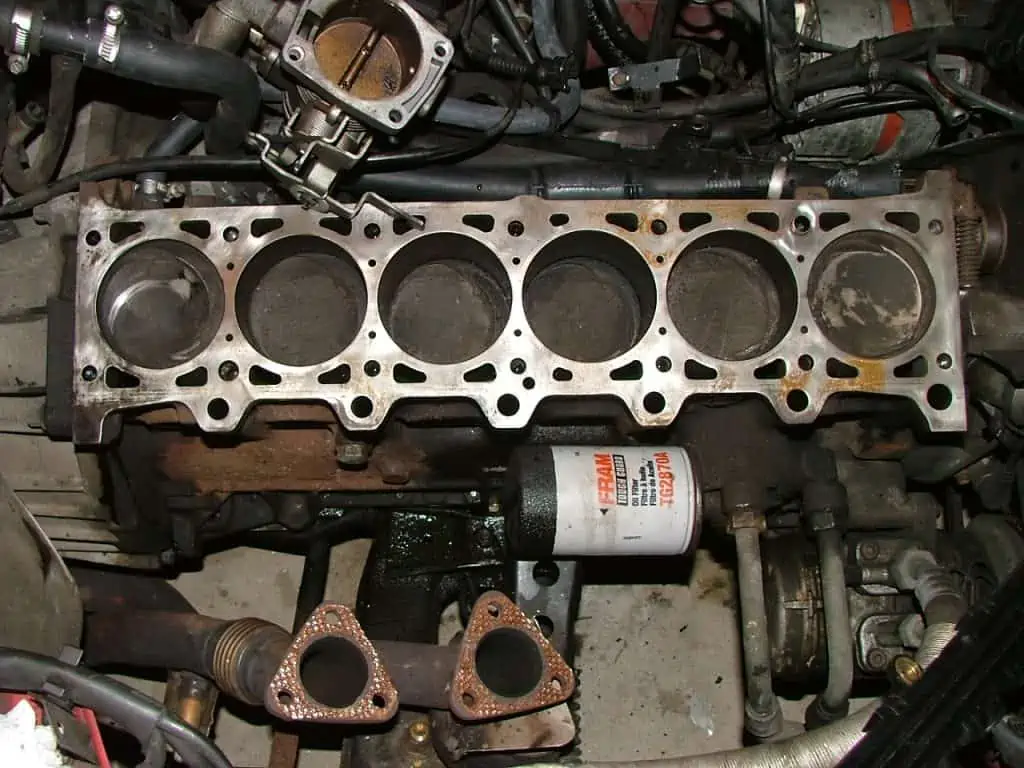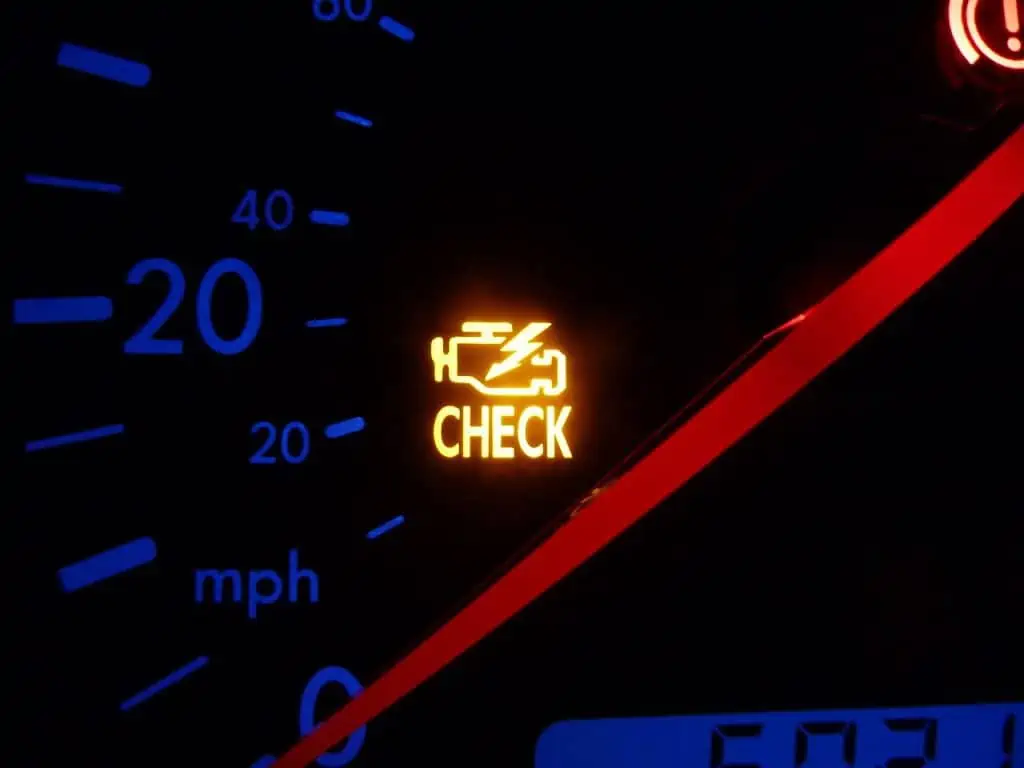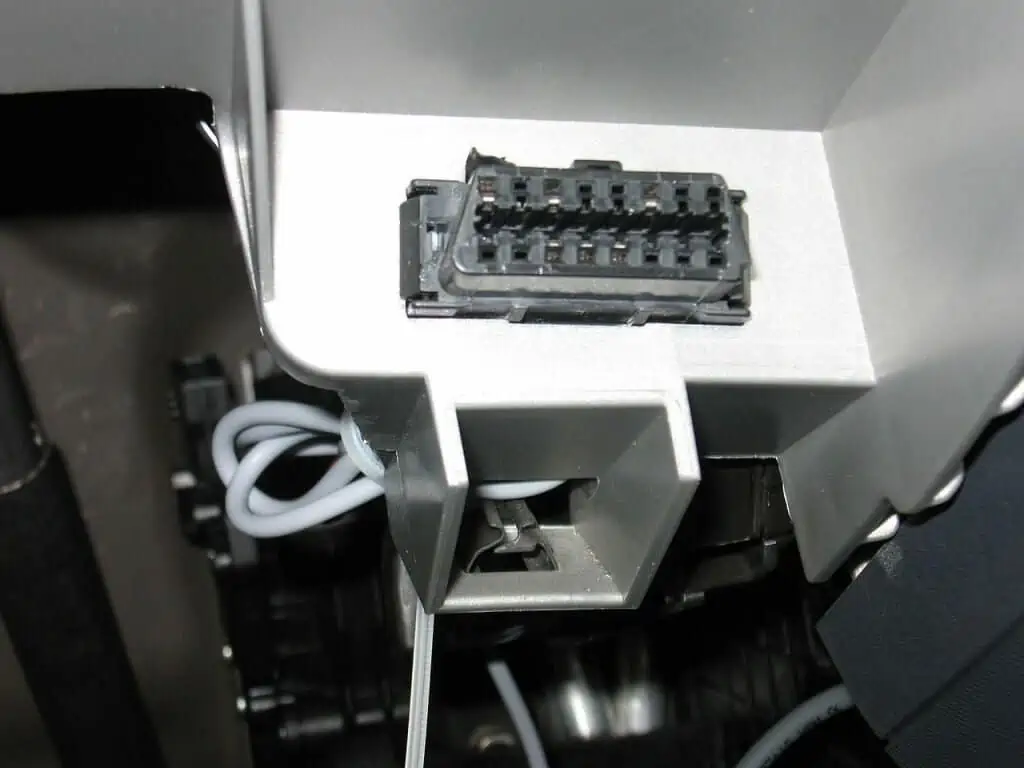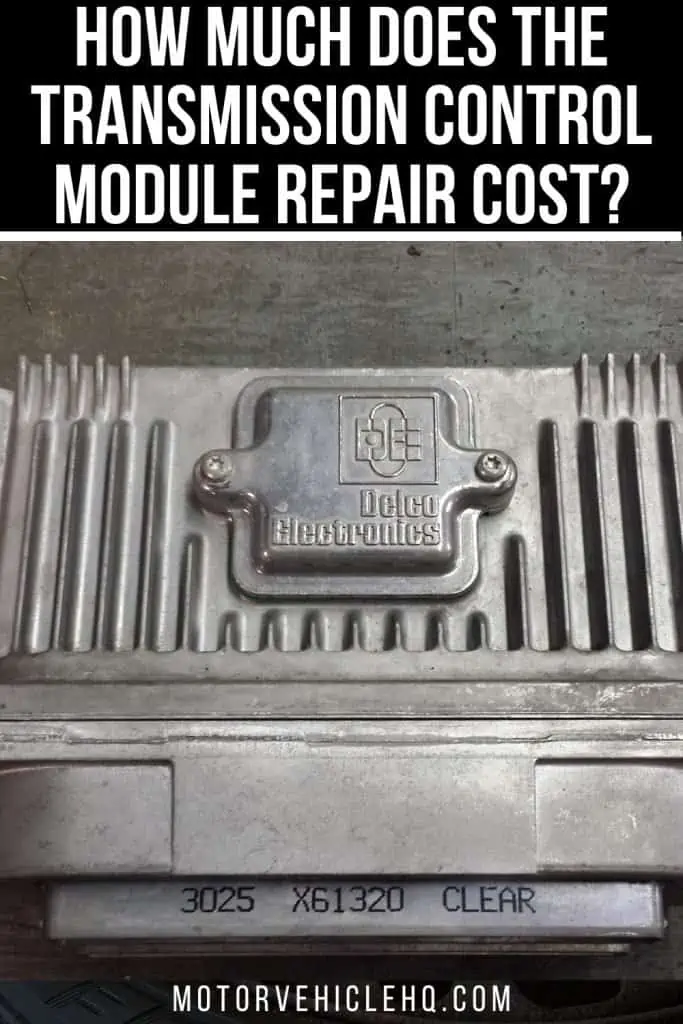The gearbox control unit (GCU) or transmission control module (TCM) are other names for the transmission control unit (TCU) (GCU). It is a kind of vehicle ECU that manages automatic gearboxes with electronic controls.
Throughout your car’s life, the TCM is probably not something you’ll ever need to replace or fix. But occasionally, just like any other part of your vehicle, your TCM will malfunction. It’s critical to get in touch with a mechanic right away for transmission control module repair prices in the event of a defective TCM.
A crucial part of any road-going car with an automated gearbox system is the transmission control module. A TCM unit is standard in the majority of contemporary cars, which is convenient compared to relying on mechanical or hydraulic control.
Similar systems are used solely for clutch automation and actuation in conjunction with a variety of semi-automatic transmissions. Modern automatic transmissions typically incorporate sensors from the car in their TCUs.
Additionally, it makes use of information from the engine control unit (ECU) to determine how and when to shift gears in the car. This is for maximum efficiency, shift quality, and performance.
Vehicles with automatic transmissions typically contain a control module that instructs other components, most significantly the gear, what to do.
You must pay attention to this control module if a problem arises or if it begins to exhibit any bad symptoms so that it may be quickly fixed.
Some signs of a failing gearbox control module are rather clear, while others need careful attention to the car. However, continuing to drive the car while you ignore these indications might be unsafe and cause catastrophic harm.
You need to comprehend this component of the car you’re working with before we can examine what occurs when a gearbox control module breaks and how to fix it.
The transmission control module by Mgiardina09 / CC BY-SA 3.0. The TCM is probably not something you’ll ever need to repair or fix during the lifespan of your car. But periodically, your TCM will malfunction, just like every other component of your car. In the event of a faulty TCM, it’s imperative to speak with a professional right away to learn the cost of transmission control module repair.
Transmission Control Module: What Is It?
To keep you as well as your passengers moving forward, your car’s transmission control module interacts with the engine and the transmission.
This section determines when and under what circumstances the current gear should be changed. It also improves the quality of your driving experience.
In addition to its primary duty, this control module has the potential to communicate OBD2 codes to the computer in your vehicle. If your car’s transmission malfunctions or experiences any other problems, the OBD2 codes will be delivered. The check engine light on your dash will flash when one of these codes is present. It effectively warns you that there might be an issue with the engine.
Location of the Transmission Control Module (TCM)
Inside your car, the transmission control module is often found under the center console. Additionally, it might be found in the transmission itself.
Depending on the type of car you drive, this is highly varied. You can find the transmission control module anyplace in your car.
You should consult the repair manual to determine the precise position of the transmission control module for your specific vehicle model. You can also enquire about its precise location with your authorized dealer.
Even inside the gearbox, transmission control modules can occasionally be fitted.
Why Is the Transmission Control Module Such a Necessity In a Car?
The control module is an essential component of your driving experience since it establishes an essential connection between your engine and the transmission system. Your car wouldn’t be able to shift into the right gear when necessary without a properly functioning module.
This might eventually result in not just a poor driving experience, but also significant mechanical problems. If ignored, these problems can need pricey repairs. Additionally, these timely adjustments increase your car’s overall efficiency. Over time, you can stretch each gallon of fuel you put into your car’s fuel tank further.
Additionally, these components are made to enhance how smoothly your transmission system shifts. This indicates that changing gears is a smoother, more effective procedure that is less demanding on the gears. As a result of less gear wear and tear, your transmission will last longer and be in better condition.
Additionally, the component’s capacity to transmit codes to the car’s computer makes it a great way to spot transmission issues before anything goes wrong underneath the hood. This can also help shield your car from future severe damage and costly, time-consuming repairs.
What Results In Transmission Control Module Failure?
What could prevent a TCM from working properly? Here are a few of them to be discussed:
1. Common Wear and Tear Due to Use and Age
The more miles you put on your car and the older it gets, the more things start to break down and wear out. Wear and tear are caused by factors such as weather, road conditions, external objects that are corrosive, and poor maintenance. Things will deteriorate and fail more quickly the longer you own your car.
The car’s automatic transmission by Silverxxx / CC BY-SA 3.0. With a variety of semi-automatic gearboxes, similar mechanisms are only used for clutch automation and actuation. The TCUs of modern automatic transmissions frequently include sensors from the vehicle. Automatic transmission vehicles often have a control module that gives commands to other parts, most notably the gear.
2. Heat Emitted by the Engine
Being an electronic computer with electronic components, the transmission control module is susceptible to heat damage. Heat is always bad for electronics, including TCMs. The steel and plastic housing that surrounds your TCM is intended to shield it from heat, but it is not infallible.
3. The TCM Circuit Board Has Improper Soldering
The transmission control module’s circuitry could experience an early failure if the soldering of that circuitry was improper. As with any such issue, you could request the manufacturer to cover the cost of rectifying the issue if your car is brand new or still covered by warranty.
4. An Improper TCM-to-Other Control Module Wiring
The TCM may brief out due to faulty wiring between it and other vehicle control modules, which means it was overloaded and burned out. Due to their high sensitivity, vehicle electronics systems are susceptible to failure from overloaded voltage or amperage. Watch out for any cables that are severed, frayed, or otherwise damaged near the TCM.
5. Abnormal Car Vibration
Cars vibrate a lot, which is bad for electronics as well. As speed and RPM rise, the vibration from the engine itself also gets louder. Your car vibrates when it travels over potholes in the road. This academic article explores the detrimental effects of vibration on TCM and its bracket.
What Symptoms Should You Look Out for If You Have a Bad Transmission Control Module?
The TCM is failing in several ways. It is important to have it checked by a professional if you see any of these so that transmission damage might be avoided. The cost of replacing or repairing the transmission might be high.
1. Excess Transmission Heat
There are several causes for transmission overheating, including a faulty TCM. The transmission becomes stuck in a lower gear when pulling big weights or accelerating quickly to higher speeds.
When a transmission overheats, the parts and the transmission oil become less effective, which could lead to more issues. Have a skilled transmission technician inspect the TCM and change the transmission oil.
2. The Shift Locks In One Gear
When the transmission remains in the same gear and refuses to shift up or down as the engine speed varies, the TCM is most likely faulty. For instance, the tremendous torque needed to accelerate from a stop may prevent you from doing so if the transmission is stuck in high gear.
Even with the engine churning at a high RPM, the transmission stuck in first gear will limit the top speed you can travel. As the car slows down, the transmission ought to downshift.
3. The Gear Is Locked In Neutral
When the transmission is locked in neutral, that is another sign of a broken TCM. The transmission is locked in neutral, therefore no matter what position the gear change is in, the vehicle will not move.
The engine block by Kether83 / CC BY 2.5. In the absence of a shift, your engine continues to run at a high RPM without raising your ground speed in parallel. You might not be able to drive at highway speeds in these conditions, which could be dangerous for both you and other high-speed cars.
In this circumstance, your car cannot be driven and needs to be fixed. Car owners will need to make arrangements for the transportation of their vehicles to a shop for potential transmission repairs and TCM module replacement.
4. Can’t Suitably Shift Into Higher Gears
The TCM is in charge of changing gears when your car slowly picks up speed. The gearbox should change to the next gear as soon as the top speed of each gear is attained.
When the shift doesn’t happen, your engine keeps turning at a high RPM without increasing your ground speed in tandem. Under these circumstances, your car might not enable you to travel at highway speeds, which could be hazardous for both you and other high-speed vehicles.
5. Downshifting Is a Problem with the Gear Shift
As the ground speed gradually decreases, the TCM (Transmission Control Module) is also in charge of downshifting the transmission. The TCM ought to have put the transmission into first gear whenever you come to a halt at a stop sign or lights.
You should be able to accelerate the transmission. It may remain in a higher heart if the downshift does not occur, making it extremely challenging to accelerate from a stop.
In extreme circumstances, the car may not be able to move at all from a standstill position due to the high gear position.
6. Prolonged Shifting
The TCM and transmission in your car are built to change gears only within a certain range of engine RPM and ground speed. The car loses momentum and may even slow down during a gear change if the transmission switches gears slowly.
The effect will be significantly severe if delayed shifting takes place while ascending a grade. A poor TCM can make the gears shift slowly and have a significant impact on the vehicle’s performance.
7. Very Bad Fuel Economy
To offer optimum power at the greatest fuel efficiency, the TCM, transmission, and engine are all intended to function together. The fuel economy may suffer whenever the TCM is operating improperly.
For instance, an engine has to work harder and less effective when the transmission shifts too late or not at all. Most of the time, more fuel is used, which reduces the typical miles per gallon your vehicle gets.
8. The Check Engine Dash Light Turns On
There are numerous reasons why the check engine light may be on, therefore drivers should get their cars inspected by a licensed mechanic.
If your transmission exhibits some of the symptoms listed above and the check engine light is on, there is frequently an issue with the TCM module.
A mechanic may use a scan tool to examine the diagnostic trouble codes to determine the root of the issue. Typically, a P0700 error number denotes a TCU issue (Transmission Control Unit).
The Check engine light by Wikiuser100000 / CC BY-SA 3.0. The check engine light could be on for a variety of reasons, so drivers should get their vehicles evaluated by a qualified mechanic. There is commonly a problem with the TCM module if your transmission displays certain weird symptoms and behavior and the check engine light is on.
9. The Transmission Fluid Is Low
Erratic shifting may be brought on by low transmission fluid. Increases in RPM during shifts, grinding noises, shifting that is irregular, and slipping in and out of gear are all symptoms. These signs may indicate that the transmission fluid is low.
Look under your vehicle for unmistakable indications of fluid leaks. Due to the transmission having to work harder with less fluid, you might also notice it overheating by smelling burning. To prevent major harm to the internal transmission components, always stop.
10. Slipping Transmission Gear
When your transmission shifts gears while you’re moving quickly, the transmission can revert to the lower gear, which is an indication of transmission or gear slippage. Possible causes include low transmission oil or a broken transmission control module.
Avoid operating the vehicle over extended distances, while hauling big goods, or up inclines. Slipping gears could prevent acceleration to highway speeds, creating a hazardous situation on the highway with other high-speed vehicles. Internal transmission parts can potentially be harmed.
Testing the Transmission Control Module: A Complete Guide
Using a scan tool and comprehending the trouble codes are necessary for diagnosing issues with a TCM. The laborious pages of a TCM handbook don’t have to be combed through to troubleshoot a TCM, though.
An electrical connector spray cleaner, a socket set, and a screwdriver with Phillip’s head are required here. Detach the battery and shut off the engine before starting troubleshooting.
Put the emergency brake on the car, then change to neutral. Then, lift the bonnet to reveal your car’s TCM, which is often located beneath the hood between the engine and the transmission or in the distributor cap. The owner’s manual for your car is another place to look.
The TCM must next be taken out. Use the Philips-head screwdriver to unscrew the distributor cap. Do this slowly to prevent electrical jolts. Then, before removing the TCM, loosen the bolts or nuts holding it in place.
Remove the TCM fluid, then use the electronic spray cleaner to clean the connectors and the module. Replace the nuts and bolts after carefully installing the TCM.
If troubleshooting doesn’t solve the issue, you might choose to use a scan tool to conduct the test if you can decipher the error code findings. However, once you’ve identified the problem, you’ll need to contact a professional for assistance. To save yourself some trouble, it is preferable to call a mechanic right away.
How Is the Transmission Control Module Repaired?
Most of the time, replacing this car component is the only option instead of repairing it. This is why, as soon as you start to notice the malfunction, you need to alert a TCM specialist to the issue.
The Best Way to Replace a Bad Transmission Control Module
Normally, transmission control modules cannot be repaired. Simply replace them if they are defective. If the TCM is the issue, a new TCM is required.
Automatic transmission fluid by Hymn62 / CC BY-SA 4.0. Low transmission fluid levels may result in erratic shifting. Symptoms include shifting that is erratic, shifting that increases RPM, and shifting that causes the vehicle to slip in and out of gear. These symptoms can be a sign that the transmission fluid level is low.
What You Require
Depending on your car, you might be able to reach the TCM easily and remove it by hand; in other cases, you might want a screwdriver, socket wrenches, and a cloth to clean up any debris.
Get the Right TCM
Make sure you buy the appropriate gearbox control module for your car’s year, make, and model. Therefore, you shouldn’t purchase a TCM for a 2009 Chevy Silverado if you drive a 2017 Honda Accord. TCM aren’t universal, one-size-fits-all parts; make sure you purchase the right one for your car.
Locate Your TCM by Opening the Hood
Your transmission control module will probably be on or very close to the transmission, as was already described. It will have wiring that links it to the engine control module at its data port.
Uninstall the Bad TCM from the Car
Unscrew any nuts or screws holding the previous gearbox control module in place, or some vehicles, just raise the plastic tab holding it in place, to remove it. Cut the wire holding the TCM’s data port together. Keep those screws and bolts safe; you’ll need them to install the new TCM.
Set Up the New TCM
Reverse the process you used to remove the old transmission control module to install the new one. For a proper installation, use the identical nuts and screws and make sure they are snug and tight. Connect the data port’s wire.
What Is the Cost of Replacing the Transmission Control Module?
A transmission control module (TCM) typically costs $350 to fix. This costs a little less than replacing it. The TCM (Transmission Control Module) might simply need to be reset in this case if it is not damaged.
The TCM must be replaced if it breaks. You should give it a try because you might be able to considerably reduce the cost of your transmission repairs. A failing transmission or engine is one of the most crucial repairs for a car.
However, occasionally the TCM could be damaged and need to be replaced. The cost of replacement might range from $300 to $1300 depending on the type of car and labor costs.
The cost of the transmission control module normally ranges between $250 and $800, depending on the type of parts to be used. Aftermarket parts may be considerably less expensive than OEM parts. The cost of the labor could range from $100 to $550.
The brand, type, and parts that need to be changed on your specific vehicle are just a few of the factors that determine how much it will cost to fix or replace the gearbox control module in your car.
In some vehicles, the transmission control module may even be installed inside the transmission. The problem with this is that you have to take it apart, which might be quite expensive.
Another thing to keep in mind is that the replacement transmission control module cannot be configured without a diagnostic tool. Even someone with basic knowledge cannot complete this on their own; most of the time, a workshop is necessary.
On-board diagnostics (OBD) by M.Minderhoud / CC BY-SA 3.0. The control module can send OBD2 codes to your car’s computer. The OBD2 codes will be sent if your car’s gearbox malfunctions or encounter any other issues. When one of these codes is present, your dash’s check engine light will flash.
How Long Does the Transmission Control Module Replacement Take?
The duration of changing a vehicle’s TCM is not predetermined. You could have to do without your car for a day or two if it has rear wheels.
It can take three or four days to replace this part of your car if it has a front-wheel drive. Even so, you should wait until the car is fully fixed and operational before you leave it with the mechanic.
The Transmission Control Module Replacement: How Reliable Is It?
One important aspect is that you won’t have to pay for transmission control module repairs too frequently. This car item is made to last for the duration of the car. Transmission control module repairs won’t require you to frantically wrack your brains or dig through your wallet.
The transmission control module’s continued proper operation over those many years cannot be guaranteed. A TCM may occasionally need to be repaired or replaced if it stops functioning.
This frequently happens when a car has traveled 75,000 miles or more. This possibility exists, so you should be aware of it and be ready in case you ever need to pay for a transmission control module repair.
The good news is that if a replacement is manufactured by mending a new one, particularly the OEM ones, you won’t have to worry about a potential failure again. If you don’t find a genuine vendor, the case can differ somewhat from the aftermarket version.
Can You Safely Drive with a Bad Transmission Control Module?
In general, it is quite unsafe to operate a vehicle with a weak TCM (Transmission Control Module). The vehicle’s erratic acceleration, deceleration, and gear changes, among other factors, will make it difficult to maneuver in traffic.
Additionally, there is a good probability that the transmission will experience more damage, which might significantly raise the cost of repairs. A replacement transmission control module is far more expensive than a broken transmission.
Cars with Problematic or Recalled TCMs: Makes & Models
The following car makes and models have had a large number of customer complaints regarding the transmission control module going bad prematurely. They include:
1. The Ford Focus
The Ford Focus TCM for the 2012 to 2016 model years was recalled, and for a brief period, Ford offered to replace the TCM without charge and patch a software flaw that prevented the driver from receiving a TCM failure alert. The 2011–2015 Ford Fiesta also utilized the same TCM, which was recalled by the manufacturer.
2. The Dodge Dart
The manufacturer issued recalls for the Dodge Dart TCM in 2013, 2014, and 2015 due to a defective mounting bracket that could cause a sudden shift into neutral while the car is being driven.
3. The Jeep Cherokee
Due to a rumored software problem, Jeep issued a factory recall for the 2014 Jeep Cherokee, which might result in an abrupt shift into neutral while the car is in the drive. The sudden shift in acceleration would be extremely risky for the driver and the nearby cars.
6-speed gear shifter from the 2015 Volkswagen by 21C117 / CC BY-SA 4.0. The TCM is probably malfunctioning if the transmission stays in the same gear and won’t shift up or down as the engine speed changes. For instance, if the transmission is locked in high gear, the enormous torque required to accelerate from a standstill can prevent you from doing so.
4. The 124 Fiat Spider
The Fiat Spider 124 automatic was recalled by the manufacturer from 2017 to 2019 due to a software fault that could cause an unexpected downshift or sudden braking.
5. The 722.9 7g-Tronic Transmission Mercedes-Benz
The 2004 E-Class E350 and SLK-Class R171 as well as the 2005 CLS550, R-Class W251, and M-Class W164 as well as the 2006 G-Class X164 all featured the troublesome 7G-Tronic transmission.
This specific gearbox model saw such a high rate of failure that there were no more spare parts available, forcing people to consider alternatives from third parties. The 7G Tronic conductor plate transmission control module is among the several replacement parts that are currently offered.
A few cases were brought, alleging that the gearbox valve body was defective before being put into the new cars. The 7G Tronic transmission’s problematic valve body conductor plate failure might cause the vehicle to shift into limp mode unexpectedly, endangering the driver and other motorists.
The Conclusion
Car owners may want to schedule transmission maintenance in addition to routine maintenance tasks like changing the oil, checking the brakes for damage, checking the battery for a dead battery, and performing tire repairs, safety recalls, and other tasks.
Poor vehicle maintenance can invalidate warranties, reduce the value of your vehicle, and put lease arrangements in jeopardy. Many people attempt to trade in or sell used vehicles with problematic TCMs or transmissions. Buyers need to exercise caution.
If you drive a large, super-duty vehicle like the Ford Escape or Dodge Ram, we advise contacting a collision center if you notice a transmission solenoid or TCM issue.
Consider your options again if the cost of the repair your vehicle needs is prohibitive and your insurance provider won’t cover it. Trading in a car might occasionally be more advantageous for car owners.
Ask the dealer’s sales staff for a car comparison of the available pre-owned inventory. Clients in your position will frequently propose a deal along the lines of “sell us your car.”

The transmission control module by Mgiardina09 / CC BY-SA 3.0

Jim Wicks is the founder of MotorVehicleHQ. With over two decades of experience in the automotive industry and a degree in Automotive Technology, Jim is a certified car expert who has worked in various roles ranging from a mechanic, car dealership manager, to a racing car driver. He has owned more than 20 cars over the past 15 years. Ask him about any vehicle you see on the road and he can tell you the make, model and year. He loves the aesthetics of all things cars, and keeps his vehicles in pristine condition.
In his free time, Jim enjoys getting his hands dirty under the hood of a classic car or taking long drives along the country roads. His favorite car? A 1967 Shelby GT500, a true classic that, according to Jim, “represents the pure essence of American muscle.”
